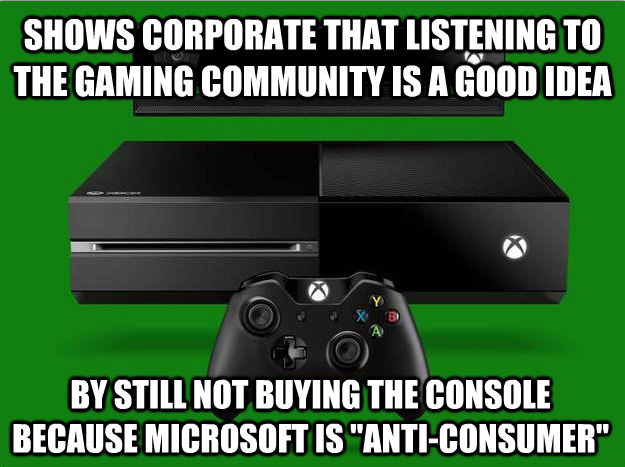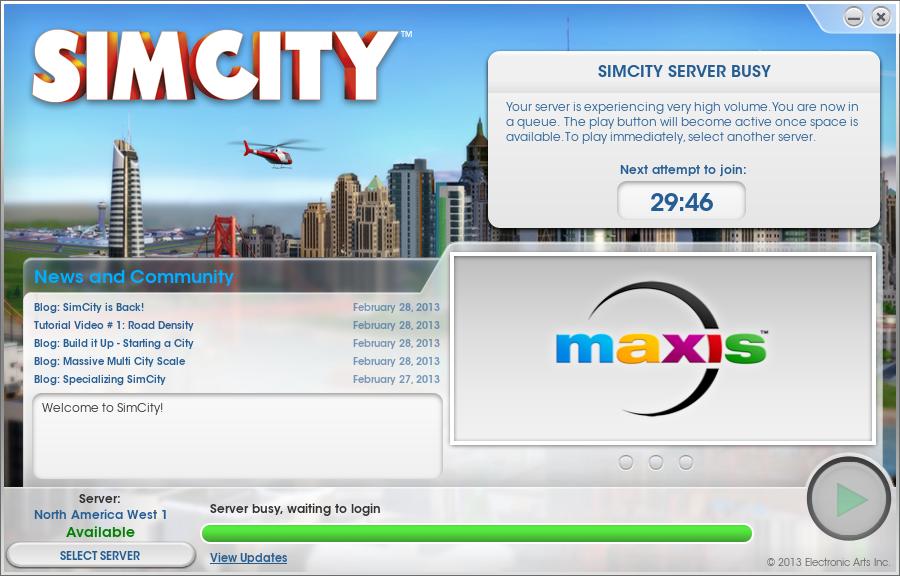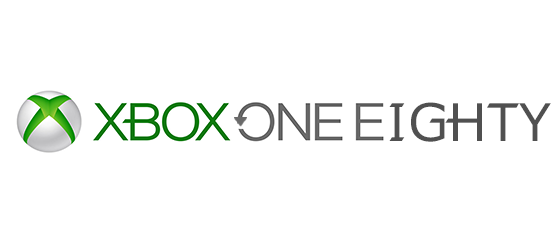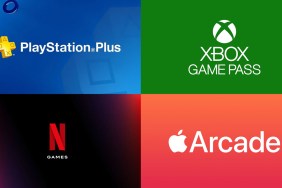“Better with Kinect,” eh?
The video game industry makes use of the Internet more than any other entertainment medium, yet companies such as Microsoft continue to appear strangely oblivious to the fact that the swiftness in the distribution of information means that we know whether or not they’re bullshitting us faster than ever before. Yet they continue to bullshit us, which begs the simple question: Why?
The story of the Xbox One’s release is one that highlights all of the negative aspects of the gaming industry as we know it today. The console’s unveiling revealed that the company was fully prepared to take its prospective consumers for fools, restricting their access to software that they had purchased with intrusive DRM that ensured they never actually owned their games, but rather rented them for an elongated period of time.
Microsoft’s initial policy was intended to prohibit the sales of used games, infringing upon the rights of consumers with nothing but their own profits in mind. While running a successful business certainly requires the business’ owners to keep a constant eye on profitability, Microsoft’s first pitch of the Xbox One offered nothing to the consumer in return, and the then-unreleased console was widely and almost unanimously derided for doing so.
So Microsoft backtracked or, to use the terminology employed in the slew of think-pieces that inevitably came flooding through the cracks of the Internet, they pulled an “Xbox 180.” The DRM was gone, and the Xbox One became a regular ol’ next-gen console. The only thing remaining from Microsoft’s original presentation was the mandatory Kinect 2.0, but Microsoft ensured us that it was “integral” to the Xbox One experience.
Initially it was stated that the Kinect must be connected to the Xbox One at all times, but then when many expressed privacy concerns, it was predictably revealed that it didn’t need to be connected to the console at all. That didn’t prevent Microsoft from continuing to champion the motion-control hardware as essential to the Xbox One, though. Speaking to CVG, Microsoft’s corporate vice president Phil Harrison said that “Xbox One is Kinect,” while Microsoft’s senior director of product management and planning Albert Penello expressed to Ars Technica that the Kinect is as “fundamental to the platform as the controller is in many ways.” The reason Microsoft was forced to defend the mandatory inclusion of the Kinect with the Xbox One was because of our vocal doubts regarding the necessity of the hardware and, predictably, our doubts have been confirmed.
Even from the Xbox One’s initial launch presentation, the company’s marketing of the Kinect as vital seemed insincere. It’s understandable that if Microsoft had big plans in store for the Kinect it’d want the consumer to jump on board with the idea, too, but what Microsoft had in store never seemed that essential to the Xbox One’s ecosystem. Much like the Xbox 360’s Kinect before it, it seemed like an add-on that wouldn’t really detract from a user’s experience with the console if they didn’t own it.

Inevitably, when the Xbox One was released our suspicions were confirmed, because while the Kinect is undoubtedly a nifty and surprisingly functional piece of tech, it doesn’t add much to the Xbox One experience that doesn’t seem forced. The console’s user interface is a cluttered mess (Microsoft will be resolving this issue when the Kinect-less Xbox One is made available to purchase, which speaks volumes), which makes the Kinect’s voice recognition more bearable, and features such as recording gameplay, which the PS4 achieves with the simple press of a button, are only made available when telling the Xbox One to “Record That.” Essentially, the Kinect’s main purpose is to make light work of navigating to features that Microsoft has made unnecessarily difficult to access when using a standard controller.
But even when we’d got our grubby hands on the console, Microsoft continued to act as though the Kinect and Xbox One were completely inseparable, and that dividing the two was a ludicrous idea. Microsoft had dropped the whole “the Xbox One cannot function without the Kinect connected to it” shpiel, yet it continued to proclaim its unwavering loyalty to the Kinect, and how it had no plans to sell the Xbox One without it.
And that brings us to this week, when Microsoft announced that the Xbox One will now be sold without the Kinect starting from June. I find this announcement to be equal parts laughable and infuriating. It’s laughable because we knew that this was the case ever since Microsoft revealed that the Xbox One didn’t require the Kinect to be plugged into it to work, and it’s infuriating because, well, just how stupid does Microsoft think we are? The removal of the Kinect as a mandatory purchase was an inevitability (though it’s certainly a surprise that the company has backed down this quickly, which is a good indication of how desperate it is to trump Sony at this juncture) yet Microsoft tried its absolute best to trick us into thinking otherwise.

It brings to mind the debacle surrounding the release of 2013’s SimCity, when EA and Maxis assured us that the game absolutely could not be played without an Internet connection. The inevitable plethora of server issues that plagued the game upon release, not to mention the numerous features that had to be downscaled/removed altogether to simply make the game playable, saw buyers of the game attack EA/Maxis from all angles, threatening to boycott both companies’ future products if they didn’t remove its always-online DRM. EA claimed that it couldn’t do so but, a year after the game had been released, an offline patch was released that made the “impossible” suddenly possible.
Much like EA’s handling of the SimCity fiasco, Microsoft had previously remained completely bullheaded and stubborn when it came to accepting that the consumer knew what was really going on with its product. The consumer knew that the Xbox One was fully operational without the Kinect in the same way the consumer knew an offline patch could be released for SimCity, but that the creators of these products decided to instead insult their intelligence by continuing with their stubborn rhetoric.
Now that even the most ardent supporters of the Xbox One are raising their collective eyebrows following the announcement that the console will go on sale Kinect-less, I think it’s high time that companies like Microsoft should reevaluate their approach when it comes to handling the consumer, and begin to take into account that no matter how much diatribe they feed us, we’re capable enough to identify lies and mistruths when we see them. If Microsoft had abstained from forcing the Kinect down our throats from day one it would have saved itself the embarrassment of backtracking this week, and further damaging its reputation as a console manufacturer. It’s time that the gaming industry recognized that we’re not as gullible as they’d like to think we are.











